Hot Pepper Heat: A Scoville Hot Pepper Chart Guide for Spicy Lovers
Table of Contents
Introduction to the Scoville Hot Pepper Chart
If you're a spice lover, you've probably heard of the Scoville Hot Pepper Chart. But what exactly is it, and why does it matter? The Scoville scale is a measurement system that tells us how hot a pepper is—measured in Scoville Heat Units (SHU). This guide will walk you through everything you need to know about the Scoville Hot Pepper Chart, from its history to how it’s used today.
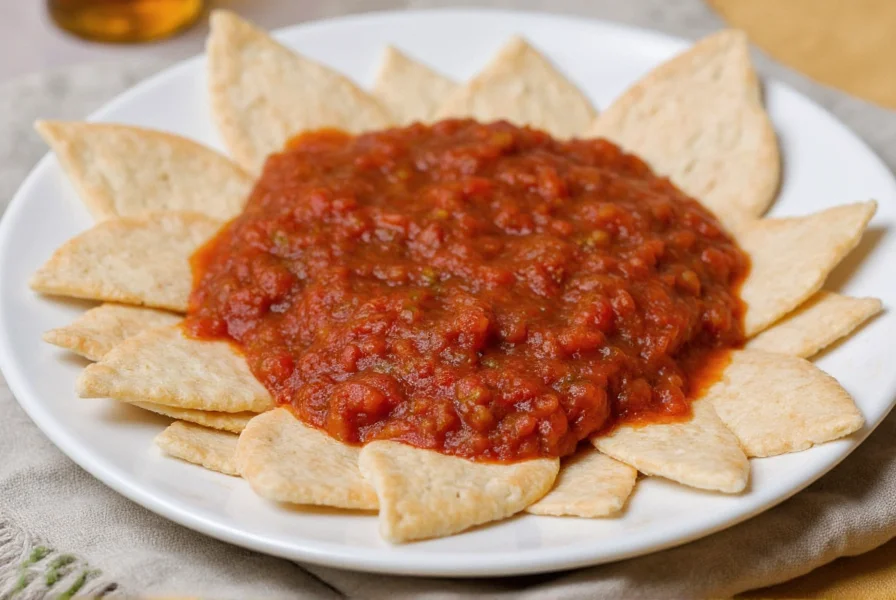
Whether you're a casual foodie or a professional chef, understanding the Scoville scale can help you choose the right peppers for your recipes, avoid burning your tongue, and even impress your friends with your spicy knowledge. Let's dive in!
How the Scoville Scale Works
The Scoville scale was created by Wilbur Scoville in 1912. He developed a method called the Scoville Organoleptic Test, which involved diluting pepper extract with sugar water until the heat was no longer detectable by a panel of tasters. The number of dilutions required determined the SHU rating.
Today, the scale is measured using high-performance liquid chromatography (HPLC), which measures the concentration of capsaicinoids—the compounds responsible for the heat in peppers. While the original test was subjective, modern methods are more precise and widely accepted.
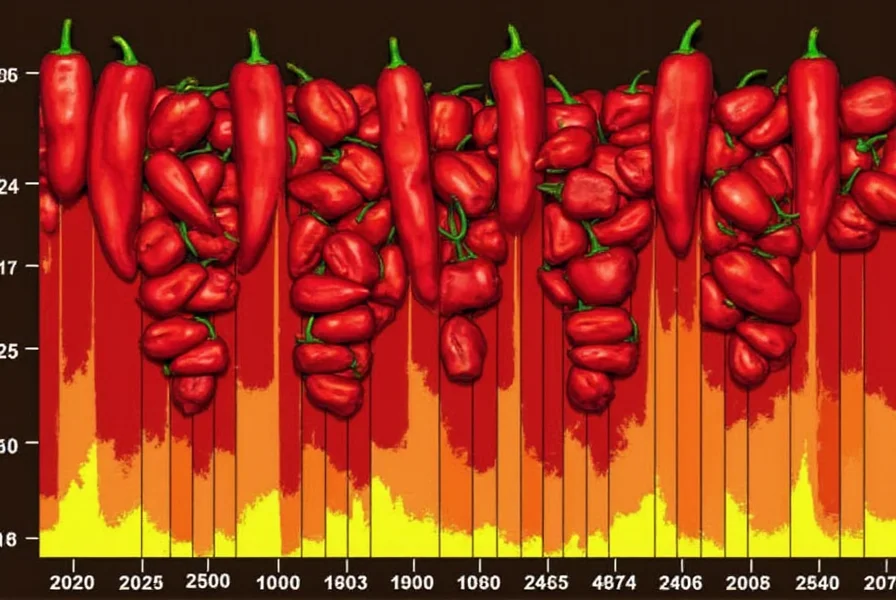
One important thing to note is that the Scoville scale isn’t linear. Some peppers can be several times hotter than others, and the differences in heat can be drastic. That’s why it’s crucial to understand where different peppers fall on the scale before adding them to your dish.
Spice Basics: What You Need to Know
Before we get into the specifics of the Scoville Hot Pepper Chart, let’s cover some basic spice facts. Capsaicin is the main compound in chili peppers that causes the burning sensation. It’s not just about how hot a pepper is—it also affects how long the heat lasts and how it feels in your mouth.
Some people have a higher tolerance for heat than others, which is why the same pepper can feel mild to one person and extremely hot to another. But if you’re new to spicy foods, it’s best to start low and work your way up.
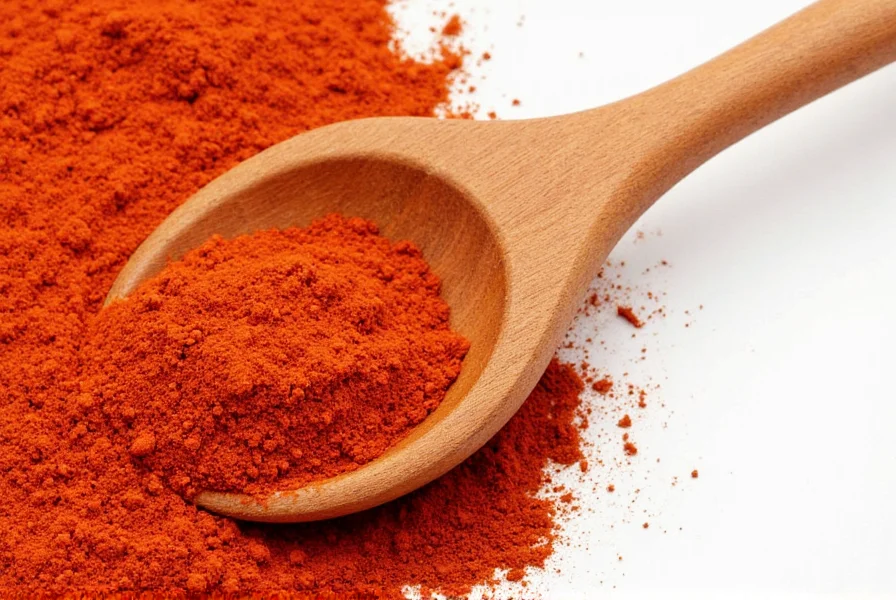
It’s also worth noting that not all peppers are created equal. Some are sweet and fruity, while others are smoky or earthy. The Scoville scale only measures heat, not flavor, so don’t assume a pepper is bad just because it’s hot. In fact, many of the hottest peppers are also some of the most flavorful.
The Ultimate Scoville Hot Pepper Chart
Now that we’ve covered the basics, let’s look at the actual Scoville Hot Pepper Chart. Here’s a breakdown of some common peppers and their heat levels:
| Pepper | Scoville Heat Units (SHU) | Description |
|---|---|---|
| Jalapeño | 2,500 – 8,000 | Common in Mexican cuisine, mildly spicy with a slightly sweet flavor. |
| Serrano | 10,000 – 25,000 | Much hotter than jalapeños, often used in salsas and sauces. |
| Ghost Pepper | 100,000 – 1,041,450 | A favorite among chiliheads, known for its intense heat and unique flavor. |
| Bhut Jolokia | 100,000 – 1,000,000 | Another super-hot pepper, once recognized as the world’s hottest. |
| Carolina Reaper | 1,400,000 – 2,200,000 | The current Guinness World Record holder for the hottest pepper. |
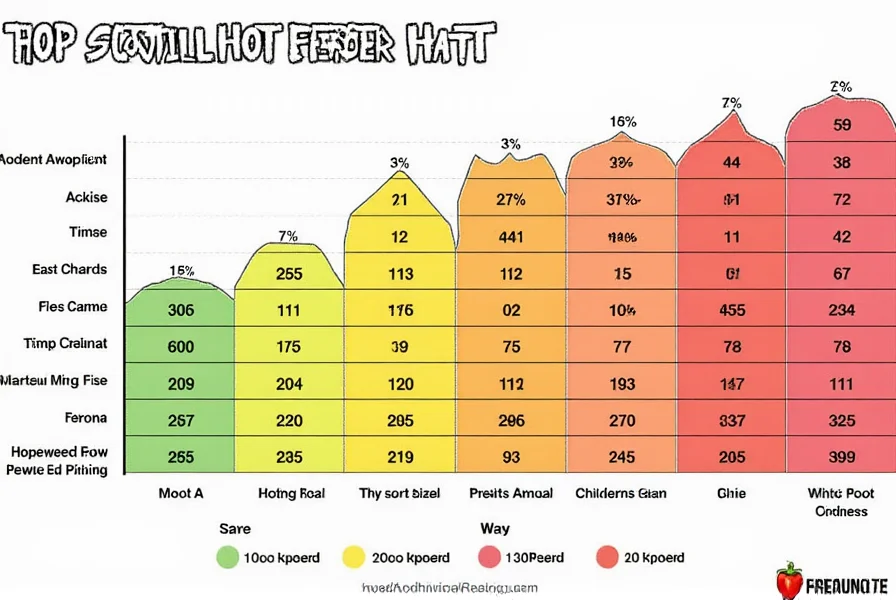
This chart gives you a quick reference for how hot different peppers can be. Keep in mind that these numbers are averages, and individual peppers can vary in heat depending on growing conditions, ripeness, and other factors.
Practical Tips for Handling Spicy Foods
Even if you love spicy food, there are some things you should keep in mind to make sure you enjoy it safely and comfortably. Here are a few practical tips:
- Start small: If you’re trying a new pepper or a spicy dish, start with a small amount and see how your body reacts.
- Use dairy: Milk, yogurt, or cheese can help neutralize the heat from spicy foods.
- Don’t touch your face: Capsaicin can cause irritation if it comes into contact with your eyes or skin.
- Stay hydrated: Drinking water can help flush out the heat, but it won’t actually reduce the burning sensation.
- Know your limits: Not everyone has the same tolerance, so it’s okay to step back if something gets too intense.
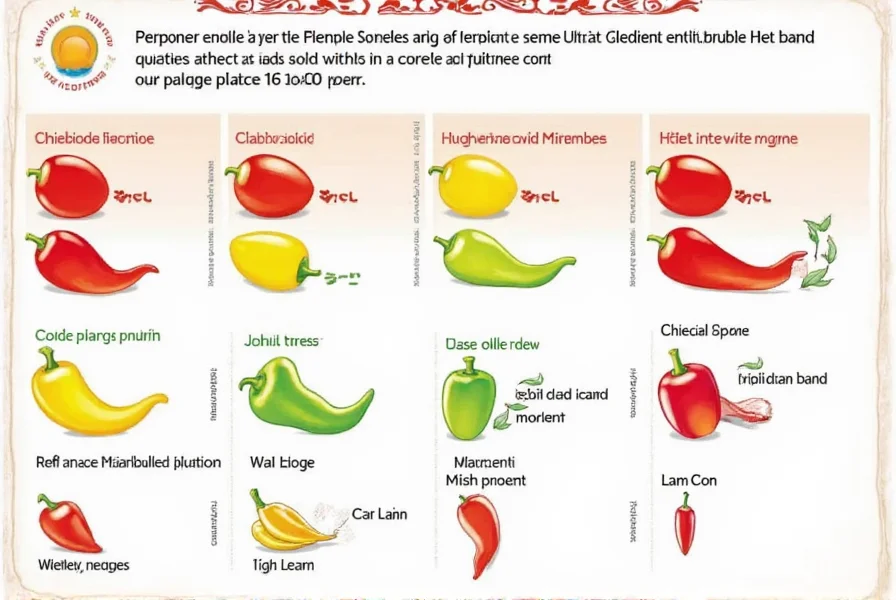
These tips can help you enjoy spicy food without ending up with a burned-out mouth or a runny nose. Remember, it’s all about balance—and having fun!
Buying Guide: Choosing the Right Peppers for Your Taste
If you’re looking to buy peppers, whether for cooking, growing, or just for fun, it’s important to choose the right ones for your taste. Here’s a buying guide to help you decide:
Pepper Types & Uses
- Jalapeño: Great for beginners. Use in salsas, tacos, and stuffed peppers.
- Serrano: Best for making hot sauces or adding heat to soups and stews.
- Habanero: Perfect for those who like a bit of heat with a tropical flavor. Ideal for hot sauces and marinades.
- Ghost Pepper: For advanced spice lovers. Can be used in homemade hot sauces or as a challenge for chili contests.
- Carolina Reaper: Only for the brave. Use sparingly in very spicy dishes or as a novelty item.
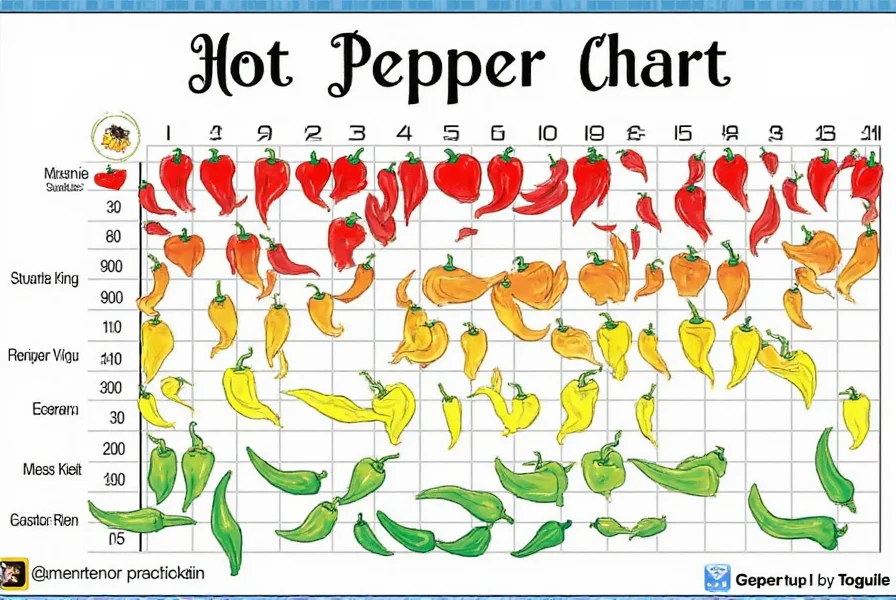
When shopping for peppers, consider your skill level and the purpose of the recipe. Some peppers are better suited for fresh use, while others are ideal for drying or making hot sauces. Also, check for freshness—firm, bright-colored peppers are usually the best choice.
Where to Buy
You can find peppers at local grocery stores, farmers’ markets, or specialty spice shops. Online retailers like Amazon or PepperPlaza also offer a wide variety of peppers, including rare and super-hot varieties.

If you're growing your own peppers, make sure to choose the right climate and soil conditions. Most peppers thrive in warm, sunny environments with well-draining soil.
Conclusion
Understanding the Scoville Hot Pepper Chart is an essential part of any spice lover’s journey. Whether you’re cooking up a storm or just curious about the heat, this guide has given you the tools to explore the world of peppers with confidence.
Remember, the Scoville scale is just a starting point. Every pepper has its own unique flavor profile, and the real magic happens when you combine heat with taste. So go ahead, experiment, and discover your next favorite spice!
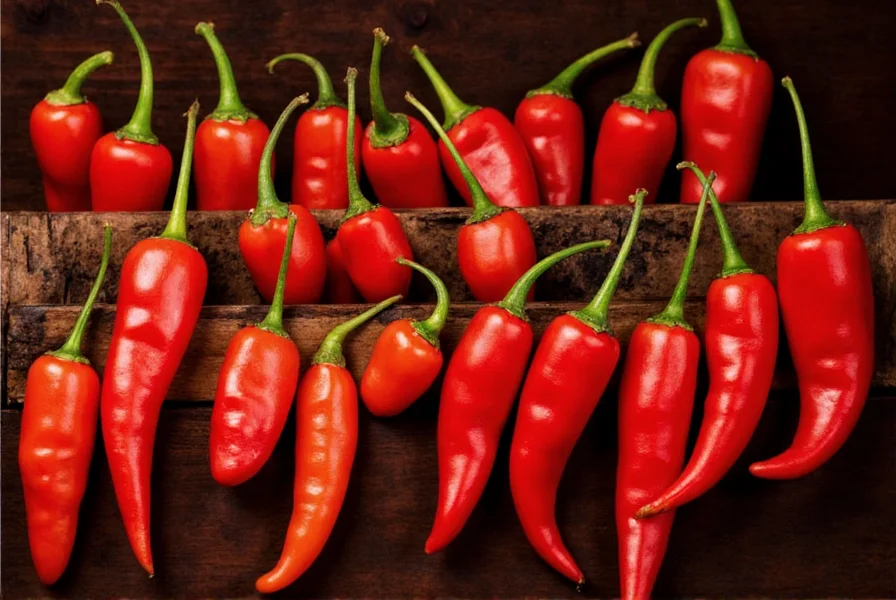
And if you ever find yourself in a situation where you’ve gone too far, just remember: milk is your friend, and a little patience goes a long way.

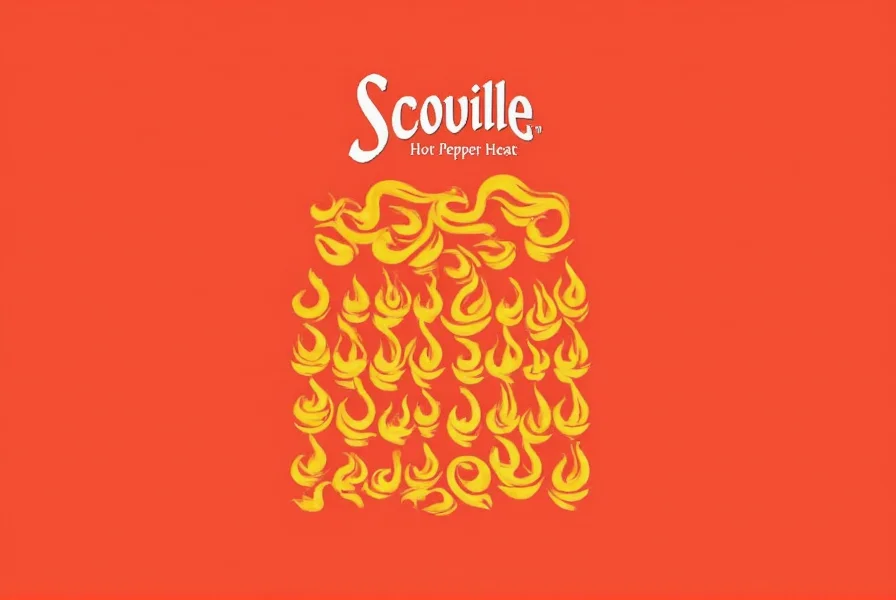









 浙公网安备
33010002000092号
浙公网安备
33010002000092号 浙B2-20120091-4
浙B2-20120091-4